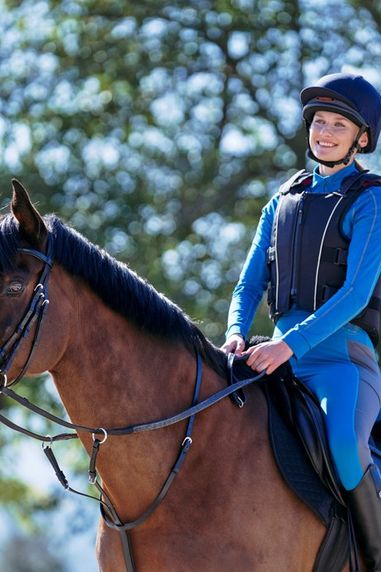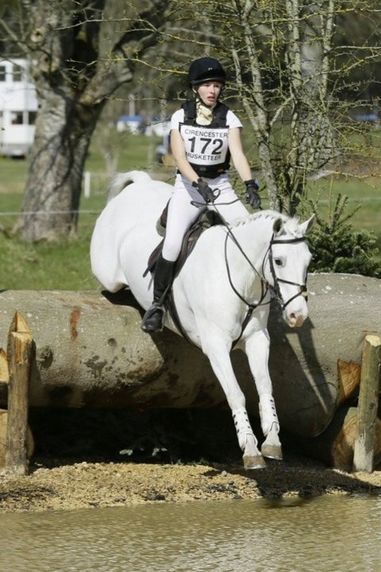
If you are a keen event rider you will know how important it is to walk your cross country course! Whatever your level, or how big or small the fences are, preparation is everything!

There is nothing worse than making a mistake, like missing a fence or going the wrong way! Silly mistakes can be avoided by walking your cross country course and planning ahead. I know I’d kick myself if I knew I wasn’t properly prepared…
Failing to prepare, is preparing to fail…
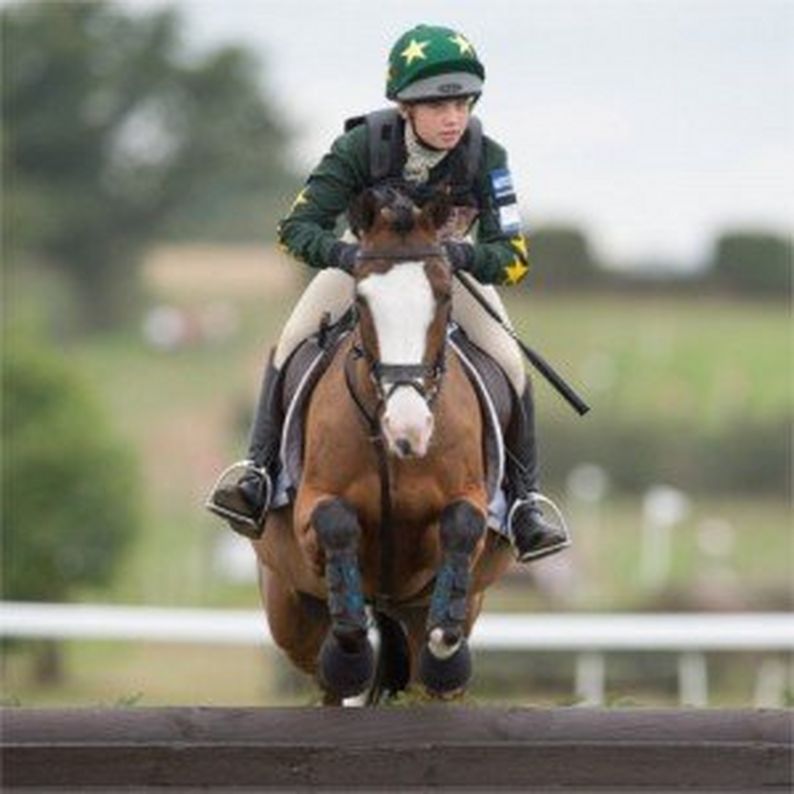
However, if you knew you had done everything you could to ride the best you possibly could around the cross country, you will be able to rest easy in the knowledge that you tried your best even if it didn’t all go quite to plan.
Top tips for walking the cross country course once you arrive at your event…
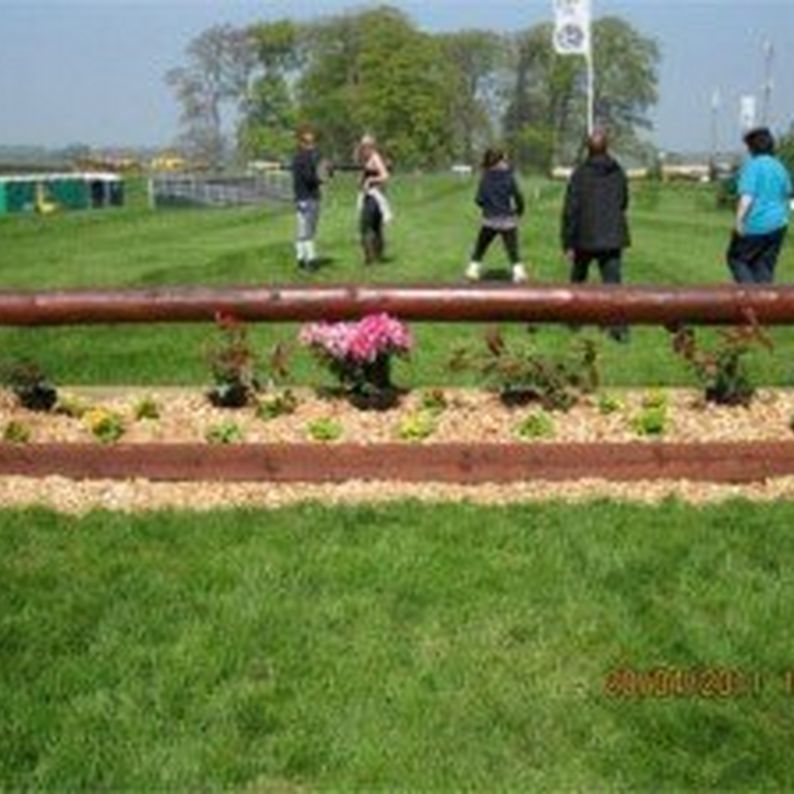
1. Give yourself plenty of time before your times to walk the cross country course once, then walk it three or four more times to ensure you really know your way around.
2. Walk the course with someone experienced or with your trainer, that way you can discuss the route, distances, and how to ride each fence.
3. Walk the course thinking about your horse – what will your horse find spooky? What is the best route for your horse? Where will he fall in or out of his shoulder? These questions might affect how you ride a turn or a curvy line.
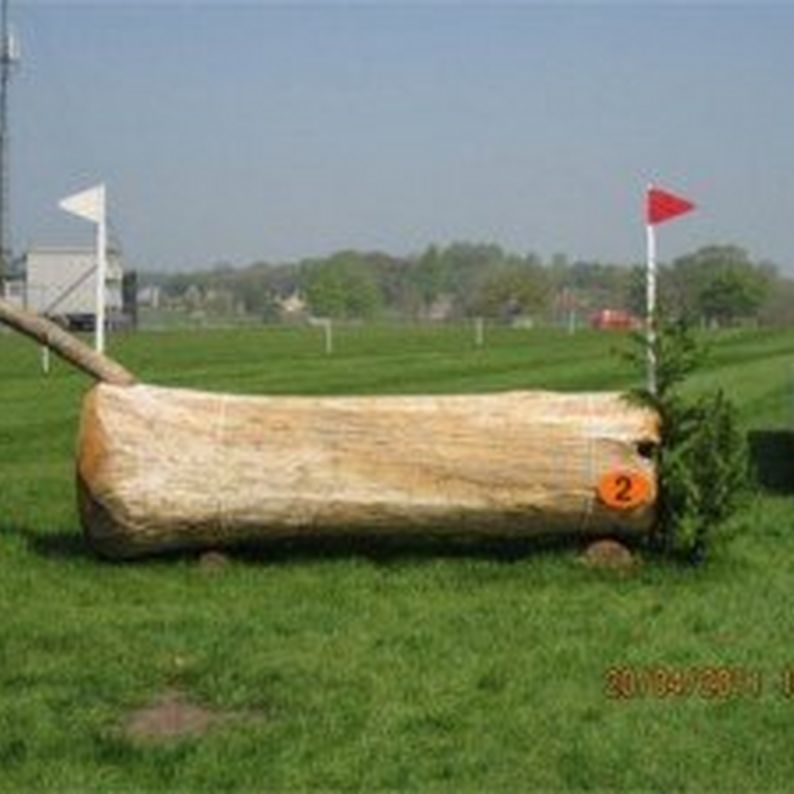
4. Think about your horse’s confidence when walking the course, think about the best route to give your horse a confidence boost so that he enjoys the ride too. Longer and easier routes are sometimes better if you’ve both had a bad jump, fall or lost a bit of confidence.
5. Make notes, or use your phone to photograph or video each fence – this is useful if you don’t have the option to walk the course more than once. Once you have the notes and photos you can then study them quietly by yourself later on.
6. Make notes, or use your phone to photograph or video each fence – this is useful if you don’t have the option to walk the course more than once. Once you have the notes and photos you can then study them quietly by yourself later on.
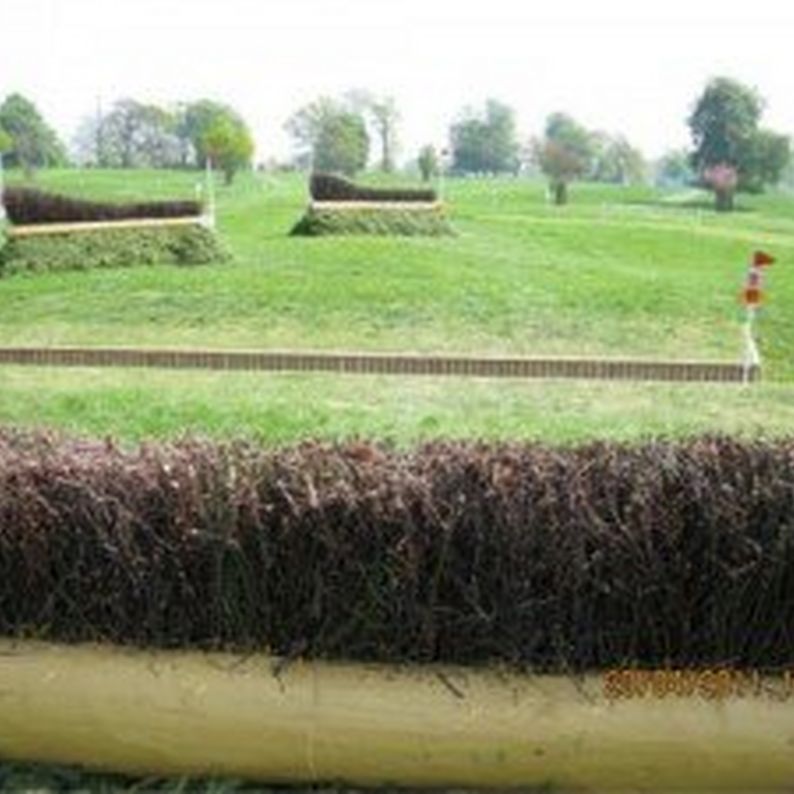
7. Think about all the options to each fence, as you may well need to take the alternative route if something doesn’t go quite to plan.
8. When walking the course think about your pace, you don’t want to go hell for leather at the beginning as you may want/need to put on the gas later on, or conserve energy for certain fences. A nice strong canter rather a gallop is usually best, with the hindquarters engaged and underneath the horse.
9. Walk the course and consider the ups and downs in the landscape, woodland, flat land and twisty lines – how will these affect your pace and time, whether you need to push forward or collect up a little, do you need to keep the contact or give your horse plenty of rein?

10. When walking the course think about your distances, especially when riding related distances, doubles, jumping in and out of water, etc… Feel, timing, balance and seeing a stride is very important, knowing when you need to bring your horse together to set him up for the next fence.
11. Always count your distances from where your horse will land, to where he will take off again at the next fence. Each fence will be different so bear this in mind.
12. Don’t forget to look behind you after each fence to check you have walked and chosen the best line, the line that is going to be most economical and help you make it round within the time allowed.
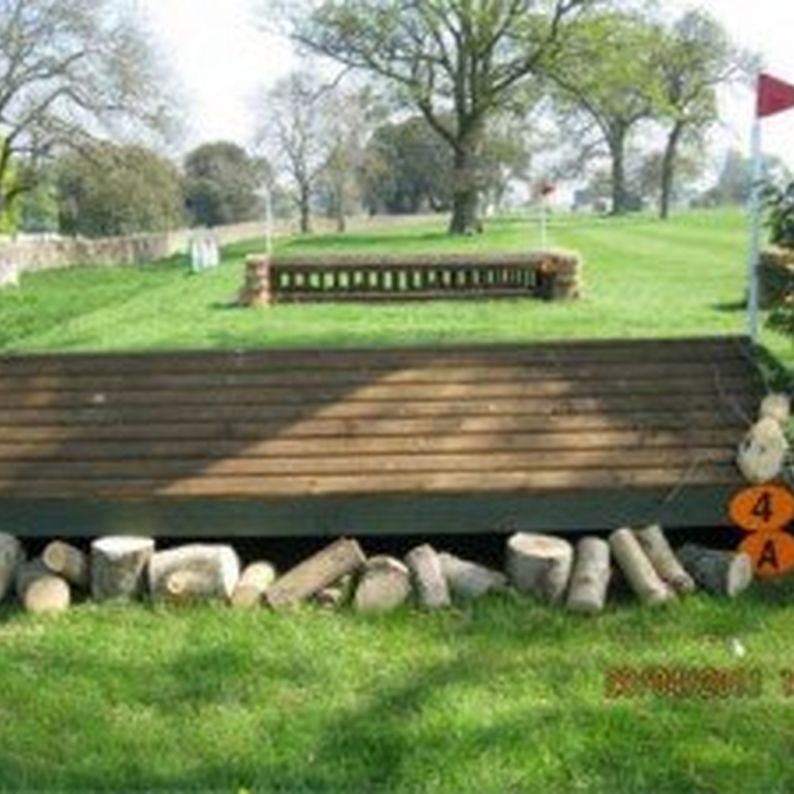
13. Try to pick the tightest lines possible but be realistic and safe with your route. Try to be as precise and as accurate as possible when measuring the distances, always measure the water and check the depth, etc… Although don’t get over fixated on the distances as it will feel different when you and your horse tackle it together.
14. Give yourself time to sit down and picture riding the course, using any notes and images to help you visualise the ride ahead and how you will tackle each fence.
15. Take the advice of others but do not let it sway your judgement or theory for a particular fence. Go with your gut instinct and stick with it. You know your horse the best and how you will both ride the course and each individual fence.
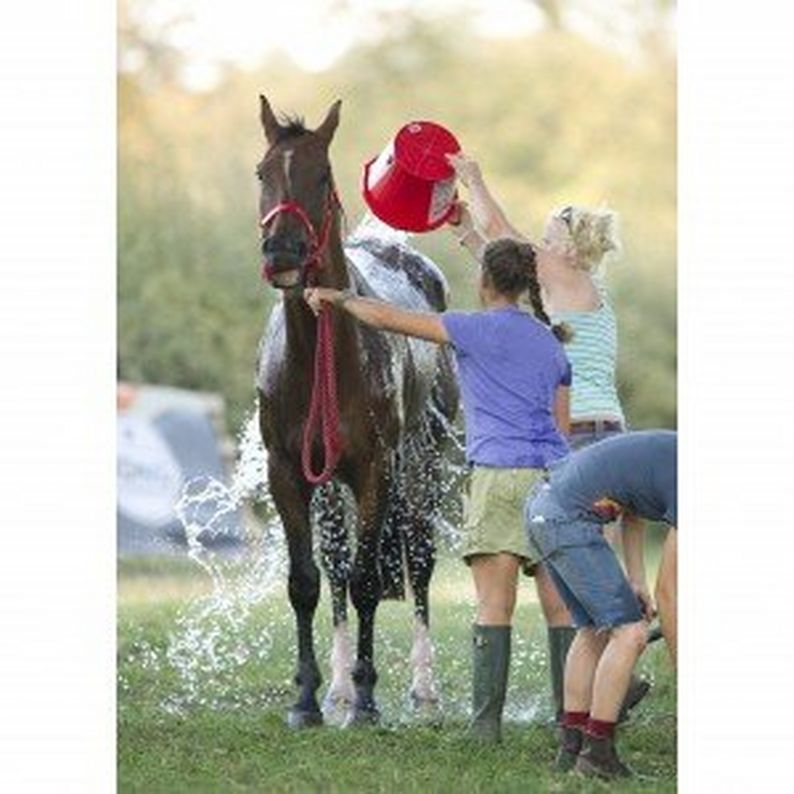
16. Other things to consider are the weather and the time of your cross country element, as this may affect the going of the ground, shadows and the way things may look for your horse. It may well make him more spooky or make him back off a little. Be prepared by thinking of all these things when walking your cross country course.
17. Plan your warm up, make it structured including going up and down the gears in canter, make use of the practice jump to settle the horse into a rhythm, build his confidence and to get him listening to your riding aids.
18. Stay positive and focused. Planning and ensuring you have walked the course a few times, as well as visualised your route and approach to each fence will give you the confidence to relax into your stride. This will give your horse confidence too as he will sense you know where you are going, what to do and that you have other strategies in place if things don’t go exactly as planned.
19. Plan your finish, ride in balance to the finish line with a steady contact. Then plan and think about your cool down for your horse.
20. Enjoy your ride, trust your horse and try to relax! A little nerves are ok, but don’t let them rule you. If you have planned and walked the cross country course you will feel better and less nervous. Your plan will keep you focused and determined to complete the cross country course in style, most importantly safely and hopefully with very little or no penalties!

